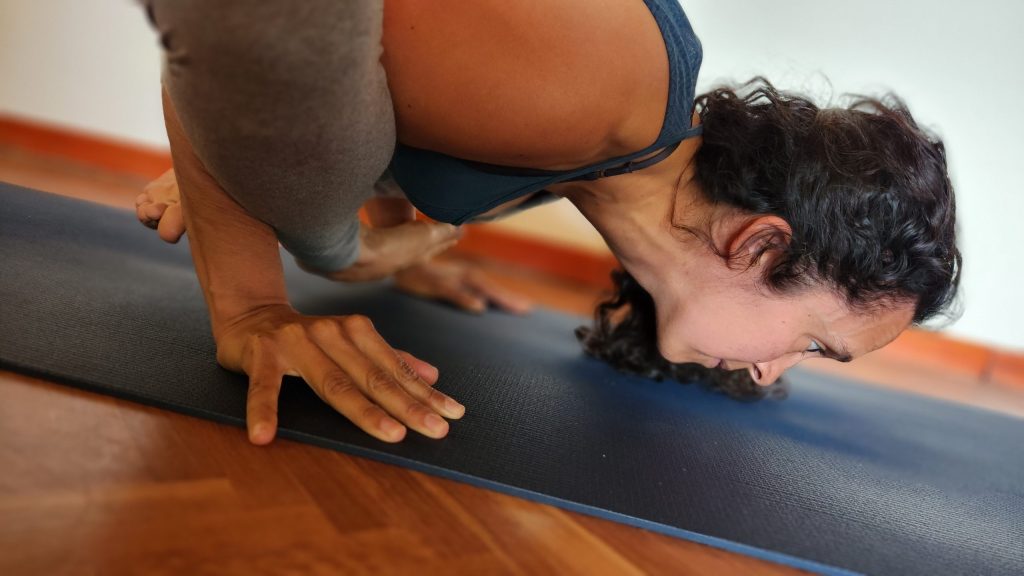Discovering Ashtanga Yoga: Origins and Foundations
In the vast world of yoga, Ashtanga Yoga stands out as a profound and transformative practice that not only strengthens the body, but also nourishes the mind and spirit. With a rich history and philosophy rooted in ancient times, Ashtanga Yoga has gained popularity around the world for its disciplined approach and profound effects on overall health and well-being.
Discovering Ashtanga Yoga
Ashtanga Yoga is a dynamic and fluid system of Yoga practice, which is characterized by a series of postures (asanas) that are performed in a specific order, combined with a breathing technique called Ujjayi Pranayama. This practice focuses on the synchronization of breathing with movements, which creates a kind of dance between the body and mind.

Historical Origins and Philosophy
Ashtanga Yoga has its roots in ancient Indian Sanskrit texts, especially the Yoga Sutras of Patanjali, which date back at least 2,000 years. However, the modern popularization of this form of yoga is largely due to yogi Sri K. Pattabhi Jois, who began teaching it in the late 20th century.
Pattabhi Jois was born in 1915 in the city of Kowshika, in the state of Karnataka, India. At a young age, he began studying yoga with his teacher, Krishnamacharya, who also taught other influential figures in the world of yoga, such as B.K.S. Iyengar and T.K.V. Desikachar. With years of dedication and practice, Pattabhi Jois founded the Ashtanga Yoga Institute in Mysore, India. From where this ancient discipline expanded to the world.

The Eight Steps of Ashtanga Yoga
The name “Ashtanga” is derived from the Sanskrit word “ashta,” which means “eight,” and “anga,” which translates as “branch” or “step.” These eight steps of Ashtanga Yoga, according to Patanjali’s Yoga Sutras, serve as a guide to achieving self-realization and inner harmony. These eight steps include:
- Yama: Ethical principles that govern our actions towards others.
- Niyama: Personal observations and daily practices.
- Asana: Physical postures to strengthen the body and prepare it for meditation.
- Pranayama: Breath control techniques to calm the mind and cultivate vital energy.
- Pratyahara: Withdrawal of the external senses and direction of attention inwards.
- Dharana: Concentration on a single point or topic.
- Dhyana: Continuous and deep meditation.
- Samadhi: Total union with the object of meditation and the realization of the true nature of the being.
In conclusion
Ashtanga Yoga is a form of traditional yoga with a fixed structure of postures and a specific breathing technique that seeks to purify the body and mind. With roots in ancient Hindu philosophy and a modern history influenced by figures such as Pattabhi Jois, this practice offers a unique avenue for physical, mental and spiritual development. Dare to explore this wonderful tradition and discover its benefits for yourself!





